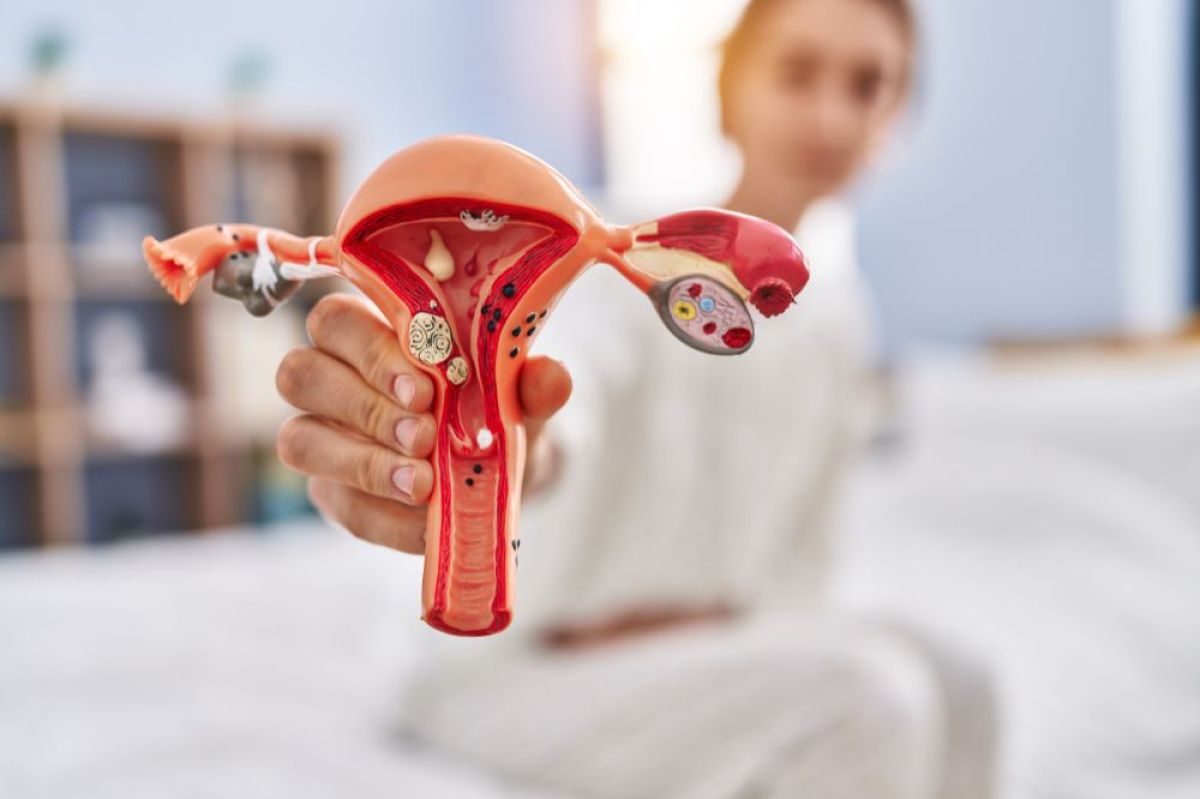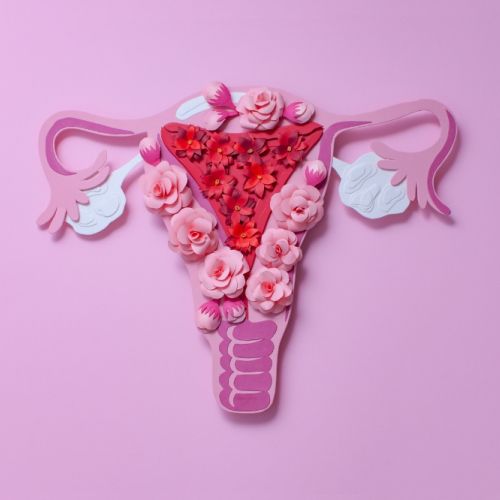How Long Does a Tubal Reversal Surgery Take?

Even though you had your tubes tied at one time because you believed you wouldn’t want to get pregnant, you have changed your mind. Once you’ve been screened for tubal reversal surgery and your doctor has determined you’re a good candidate for this procedure, you’ll want to know what to expect from tubal reversal surgery. One of the questions we hear most often is “How long does a tubal reversal surgery take?”
What to Expect When Having Tubal Reversal Surgery?
You’ll receive instructions ahead of time on what to expect on the day of your procedure. The Center for Reproductive Health performs tubal reversal procedures in state-of-the-art outpatient facilities. You won’t be able to eat or drink anything after 10 p.m. the night before your procedure. This procedure is done under general anesthesia, so you will be given medication to keep you asleep.
The procedure typically takes one to two hours. If you have any pelvic scarring from prior surgeries or if your body type is obese, it may last longer than two hours. The highly experienced physicians at the Center for Reproductive Health try to keep surgery time short whenever possible, because this helps speed up your recovery and lowers the risk of infection.
The incision that’s done for a tubal reversal surgery is small, usually about two to two and a half inches long. Having a small incision is another way to keep your recovery time as short as possible.
You remain in the recovery area of the outpatient facility for about an hour after surgery. When your medical team determines it’s safe for you to leave, you’ll be able to go home. Since anesthesia is used, you’ll need someone to drive you home.
How Long Does Recovery Take?
You may have some discomfort for the first day or two, and your doctor may prescribe medication for the pain for the first few days. Plan to rest the first couple of days. In most cases, ordinary daily activities can be resumed after a few days.
Post-op instructions are provided, which include information on when it’s ok to return to work. Most people can return to work about three to five days after surgery but you may need to wait longer before returning to work if your job is strenuous.
Be sure to follow the post-op instructions and attend the follow-up appointment that’s scheduled so your doctor can make sure you’re recovery is going as expected. Stitches will dissolve over time and don’t need to be removed.
Your doctor lets you know when it’s ok to begin trying to conceive. Up to 80 percent of women are able to get pregnant within a year or two after a tubal reversal. Other options are available that may help if you don’t conceive after a tubal ligation reversal.
The team at the Center for Reproductive Health understands that many questions come up when you’re trying to get pregnant and they’re ready to answer any questions you may have. Reach out today if you have questions or make an appointment for a consultation.
Eliran Mor, MD
Reproductive Endocrinologist located in Encino, Valencia & West Hollywood, CA
FAQ
What does a reproductive endocrinologist and infertility specialist do?
Reproductive endocrinology and Infertility is a sub-specialty of Obstetrics and Gynecology. In addition to managing medical and surgical treatment of disorders of the female reproductive tract, reproductive endocrinologist and infertility (REI) specialists undergo additional years of training to provide fertility treatments using assisted reproductive technology (ART) such as in vitro fertilization.
Reproductive endocrinologists receive board certification by the American Board of Obstetrics and Gynecology in both Obstetrics and Gynecology and Reproductive Endocrinology and Infertility.
When should I see an REI specialist?
In general, patients should consider consulting with an REI specialist after one year of trying unsuccessfully to achieve pregnancy. The chance of conceiving every month is around 20%, therefore after a full year of trying approximately 15% of couples will still not have achieved a pregnancy.
However, if a woman is over the age of 35 it would be reasonable to see a fertility specialist earlier, typically after 6 months of trying.
Other candidates to seek earlier treatment are women who have irregular menses, endometriosis, fibroids, polycystic ovary syndrome (PCOS), women who have had 2 or more miscarriages, or problems with the fallopian tubes (prior ectopic pregnancy).
What are the reasons we are having trouble conceiving?
Approximately 1/3 of the time cause for infertility is a female factor, 1/3 of the time a male factor, and the remaining 1/3 a couples’ factor.
At CCRH, we emphasize the importance of establishing a correct diagnosis. Both partners undergo a comprehensive evaluation including a medical history and physical exam.
Furthremore, the woman’s ovarian reserve is assessed with a pelvic ultrasound and a hormonal profile. A hysterosalpingogram (HSG) will confirm fallopian tube patency and the uterine cavity is free of intracavitary lesions. A semen analysis is also obtained to evaluate for concentration, motility, and morphology of the sperm.
Additional work up is then individualized to direct the best possible treatment option for each couple.
What is IVF? What is the process like?
In vitro fertilization (IVF) is the process that involves fertilization of an egg outside of a woman’s body.
The process starts with fertility drugs prescribed to help stimulate egg development. In your natural cycle, your body is only able to grow one dominant egg, but with stimulation medication we can recruit multiple eggs to continue to grow. After about 8-10 days of stimulation, the eggs are surgically retrieved and then fertilized with sperm in a specialized laboratory. Fertilized eggs are then cultured under a strictly controlled environment within specialized incubators in the IVF laboratory for 3-5 days while they develop as embryos. Finally, embryos (or an embryo) are transferred into the uterine cavity for implantation.
Should I have IVF?
Before deciding if IVF is the right choice, it’s important to sit down with an REI specialist to discuss available treatment options. For some people, other methods such as fertility drugs, intrauterine insemination (IUI) may be the best first choice treatment. At CCRH, we believe each individual couple is unique and not everyone needs IVF.
Is the IVF procedure painful?
While not painful, the fertility medications may some side effects including headaches, hot flashes, mood swings, and bloating. The injection sites may also bruise.
Will IVF guarantee a baby?
Unfortunately, no. Many people think once they start IVF it’s a matter of time that they will be pregnant and have a baby. But according to national statistics per the Society of Assisted Reproduction (SART), on average 40% of assisted reproduction cycles achieve live births in women under age 35. The chances of success then continue to decrease with advancing age.
At CCRH, we employ only evidence-based interventions to ensure patient safety and optimal outcome. While we cannot guarantee a baby, we guarantee that you will receive the best, most advanced, personalized care to help you maximize your chance of a baby.
What is the success rate for IVF?
The average IVF success rate (success measured in live birth rate) using one’s own eggs begins to drop around age 35 and then rapidly after age 40. This is due to the decline in egg quantity and egg quality as a woman ages.
Our clinic’s success rate consistently beats the national average year after year.
Do insurance plans cover infertility treatment? How much does IVF cost?
Individual insurance plans often do not have any coverage for infertility treatments. If you have a group plan, you can call members services to see if they have coverage for infertility (including consultation/workup and IVF).
After your consultation with our REI specialist, one of our dedicated account managers with sit with you to go over the cost of treatment.




